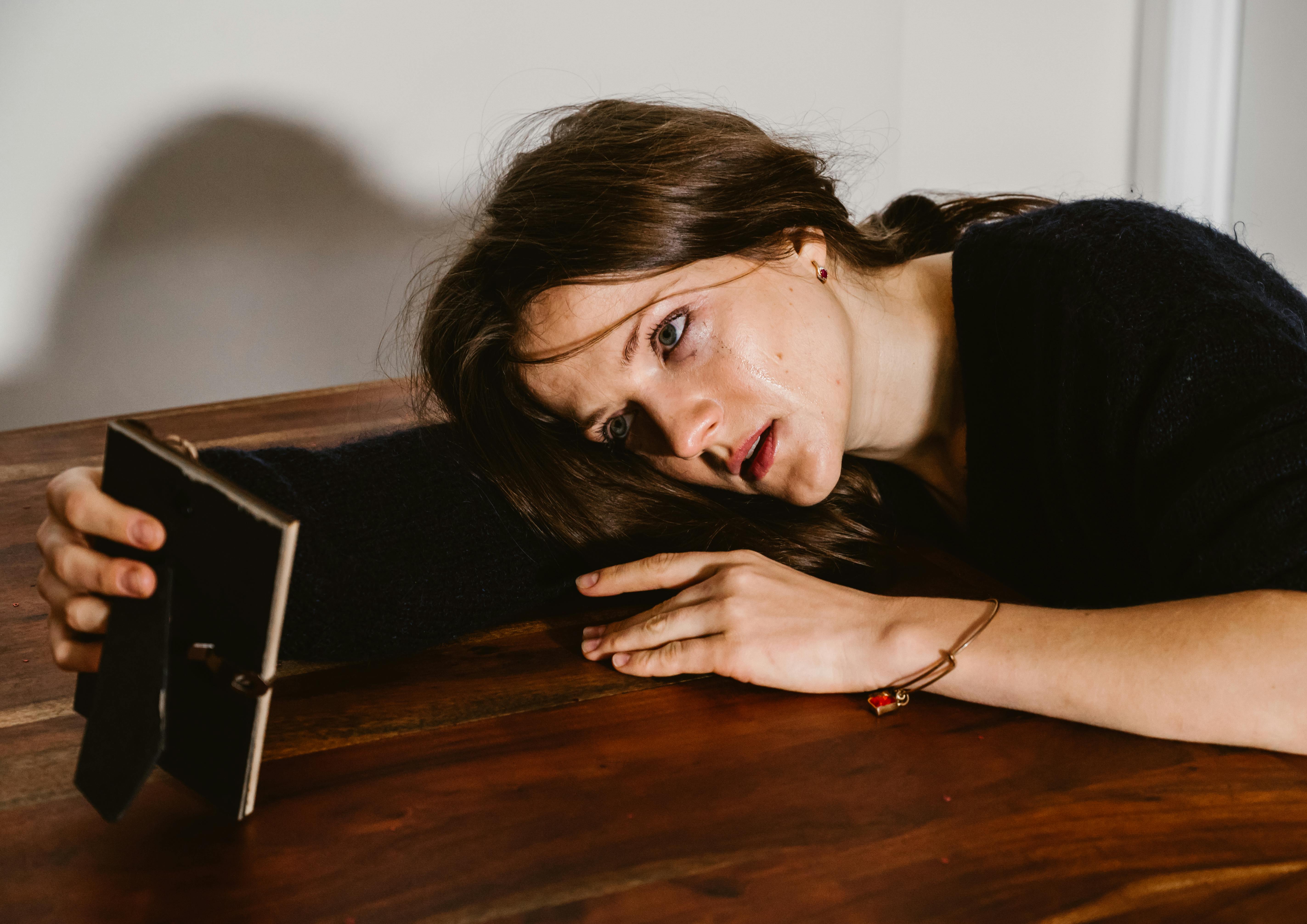Your baby’s room can be a very fun room to design. It can be cute and sweet, bright and cheerful, just about anything you can imagine. The possibilities are endless, and you may be wondering what basics to keep in mind as you go through the design process. Appearance, security, and functionality are the three main areas you will focus on.
Safety is always first and foremost. Most people start by selecting furniture for their new baby’s room. First, you need a cot. Make sure the crib you select meets modern safety standards. This is especially important if you are using an older crib. Older cribs can have bars spaced more than two and three-eighths of an inch apart and can strangle a child or infant. They may also have lead paint on them, a real hazard since your baby will most likely be chewing on the rails when they start teething. The mattress should also fit snugly in the crib so that there is no gap between the mattress and the rails.
Once you have your crib, you can select a dresser and changing table. These two things must be anchored to the wall. The anchor must be secure in a stud. Babies love to climb on open drawers or handles and the risk of furniture falling on them is high. Make sure all medicines and baby wipes are out of the child’s reach, preferably on a shelf or cabinet that only adults can reach. Never allow your baby to chew on baby wipes while you are changing him. Lamps, clocks and radios should be placed in high places and sockets should be covered with a suitable baby proof socket cover. Excess cord should be attached to the wall or hidden behind furniture where the child cannot reach it.
The next thing to focus on is functionality. Determine what you will actually do in daycare. Will you be breastfeeding? If so, you most likely need a rocking chair or other comfortable place to sit. You may want a chair that is comfortable enough to sleep in at night when your child is sick or just needs it often. A side table can be useful for placing bottles and warmers, burp cloths, blankets, and other things you may need while holding the baby. Be careful not to leave dangerous items like a thermometer on the end table where the baby can reach it. If your side table has a drawer that you can fit a child lock on, then it’s ideal. You can keep the things you need that the baby could choke on under lock and key. This would include things like lip balm, ponytail holders, and other necessities you may have on hand.
If the nursery is small, consider not buying what you won’t really need. Dressing tables and changing tables occupy a huge area. Many people give up going to day care to change a diaper a few days after having the baby at home. You could invest in a nice changing table instead of a whole table.
Also consider how much space the baby will have to play with toys on the floor. You may decide not to buy a dresser and just put organizing drawers and shelves in your baby’s closet. This way everything is out of reach and the room has much more space. Keep the closet organized and functional with children’s clothing hangers for all those precious little outfits. When you’re done, you’ll have a nice, tidy, safe, and functional room to decorate.
